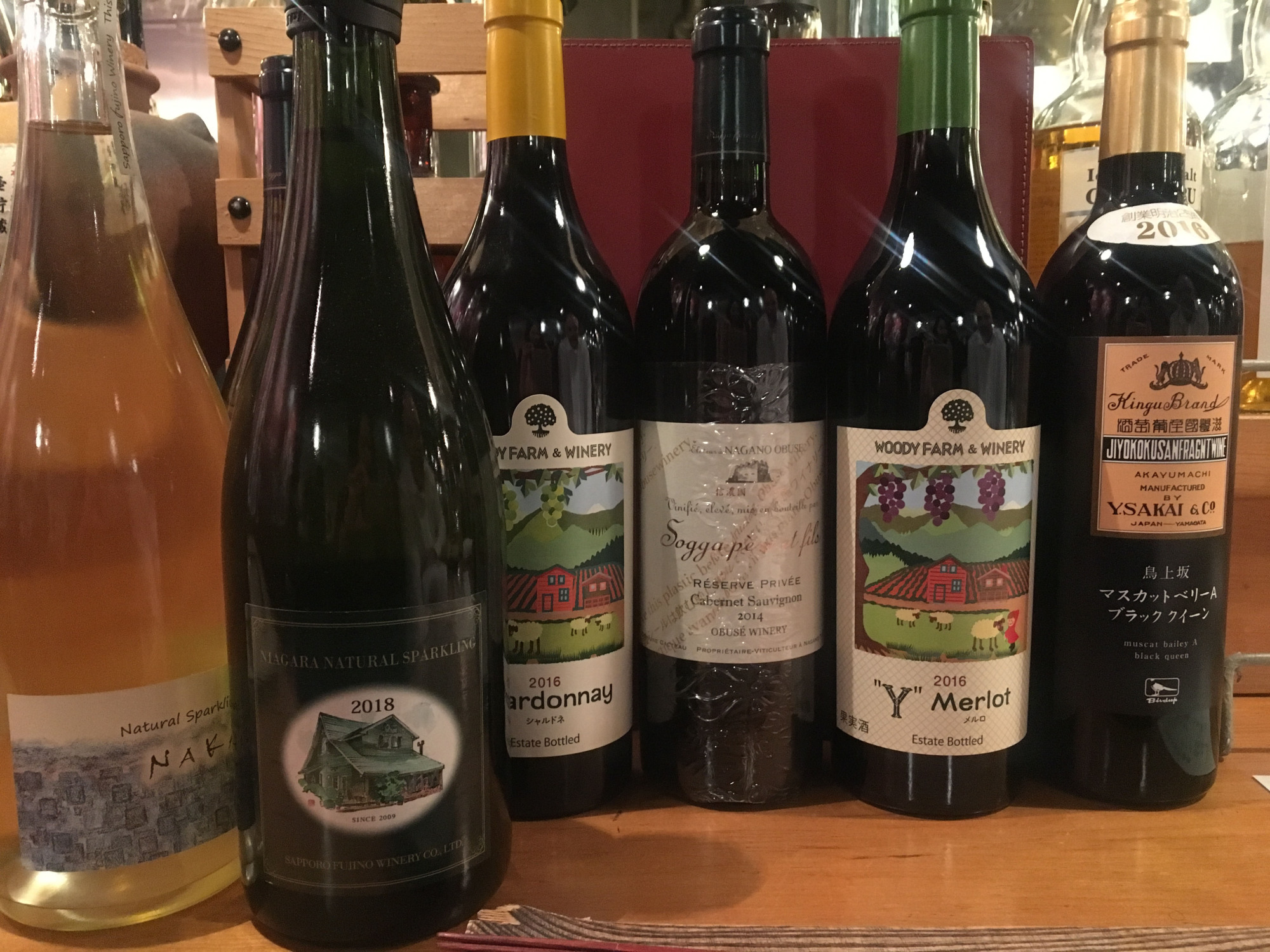My first serious encounter with Japanese wines was around 12 years ago at a grape festival in Yamanashi Prefecture, the center of Japanese winemaking.
Previously, I'd tasted several wines made from European grape varietals — in particular, Bordeaux-style blends of cabernet sauvignon and merlot, and whites made from chardonnay. For the most part, however, they left little impression on me, so I went to Yamanashi Prefecture seeking wines made with native Japanese grapes in hopes of discovering vino with real local flavor.
Specifically, I was interested in Koshu, a pink-skinned grape originally from the Caucasus that arrived in the Yamanashi region roughly 1,000 years ago. The Japanese variety is an indigenous hybrid with thick skins that can withstand the country's humid, rainy climate (the history of winemaking in Japan is, in essence, a bitter 150-year-long battle with mold and fungus). Koshu grapes are typically used to make fresh, delicate whites, and I found plenty of these styles during my visit. But apart from a few labels, such as Grace Wine's Gris de Koshu and Rubaiyat Winery's Rubaiyat Koshu Sur Lie, many of the wines were so subtle as to lack any distinctiveness.



















With your current subscription plan you can comment on stories. However, before writing your first comment, please create a display name in the Profile section of your subscriber account page.